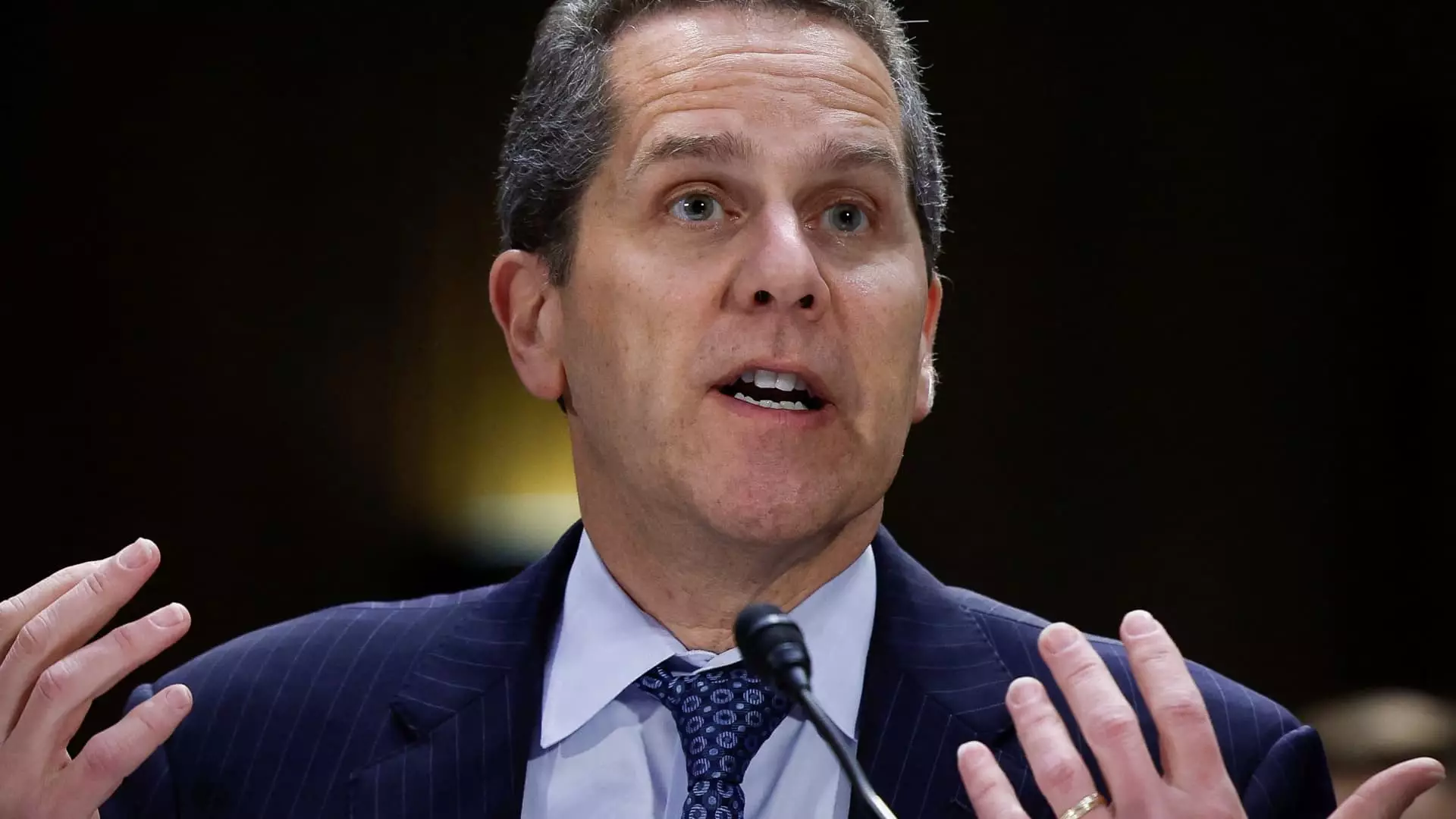In a recent development, a top Federal Reserve official has announced significant changes to a proposed set of U.S. banking regulations. These changes aim to reduce the extra capital that the largest institutions will be required to hold, thereby altering the landscape of financial oversight in the country.
The original regulatory overhaul, known as the Basel Endgame, was set to increase capital requirements for the world’s largest banks by 19%. However, following feedback from various stakeholders, officials have decided to revise the proposal and lower the increase to a more conservative 9%. This adjustment is expected to strike a better balance between enhancing safety and minimizing the potential costs associated with higher capital requirements.
The initial proposal faced criticism from banks, business groups, and lawmakers, who raised concerns about the impact it could have on lending practices and overall economic activity. Industry executives, including JPMorgan Chase CEO Jamie Dimon, were vocal in their opposition to the original plan, leading to a reconsideration of the proposed changes. The revised regulations reflect a more nuanced approach to addressing the fallout from the 2008 global financial crisis.
Notably, the latest proposal excludes regional banks with assets between $100 billion and $250 billion from the increased capital requirements. However, these banks will still need to comply with certain regulations, such as accounting for unrealized gains and losses on securities in their regulatory capital. This measure is intended to mitigate the risks associated with deposit runs and market fluctuations that can impact mid-sized banks.
The decision to revise the U.S. banking regulations underscores the complex nature of financial oversight and the challenges of finding the right balance between risk management and economic growth. As the regulatory landscape continues to evolve, it will be crucial for policymakers and industry stakeholders to remain vigilant and adaptable to changes in the market environment.
The revised U.S. banking regulations herald a new chapter in the ongoing efforts to enhance financial stability and resilience. By recalibrating capital requirements and addressing key concerns raised by industry participants, regulators seek to strike a delicate balance that fosters a strong and sustainable banking sector. As the implementation of these changes unfolds, it will be essential to monitor their impact on the broader economy and financial system to ensure a smooth transition to a more resilient and robust regulatory framework.

